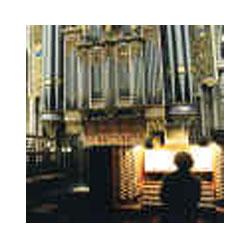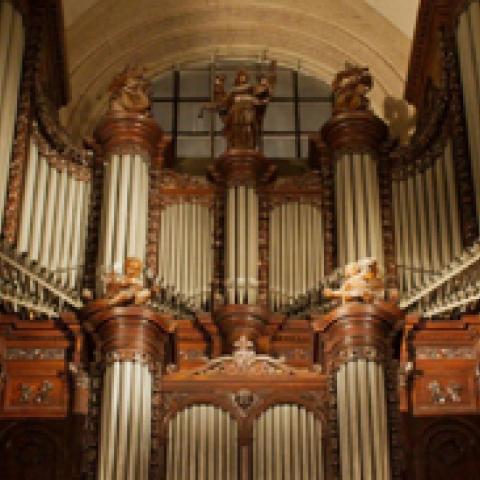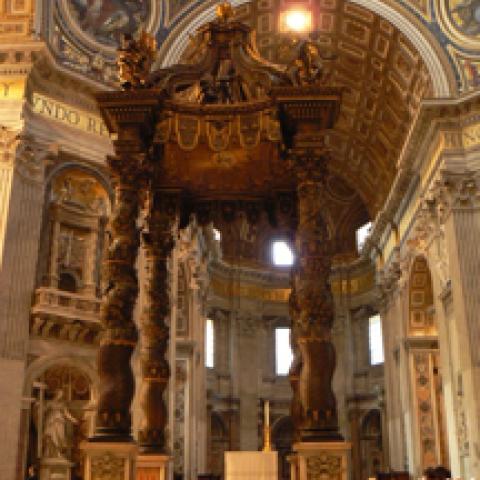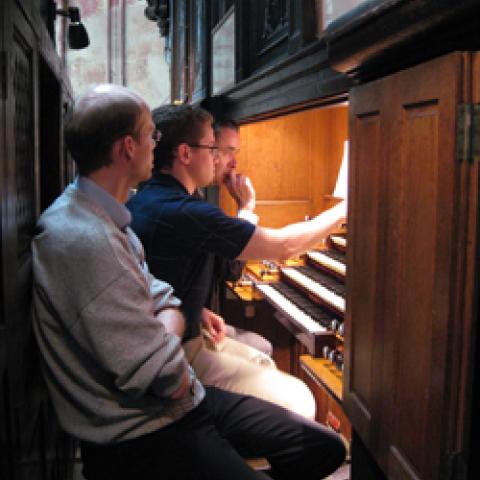
THE DIAPASON
International Organ Music Seminars announces a German organ music seminar and extension, directed by Jens Korndörfer and Christina Harmon, with Ludger Lohmann, Edgar Krapp, and Christophe Mantoux: seminar May 30– June 6; extension June 6–June 9.
The Bavarian and Alsace Organ Seminar includes visits to Munich,
Ottobeuren, Weingarten, Ochsenhausen, Freiburg, Strasbourg, Heidelberg,
Stuttgart, Ulm, and Giengen Cathedral.
The Central German Organ Extension includes Passau, a Danube cruise, Regensburg, Weiden, Lahm, and Naumburg.
Information: www.bfoms.com.





